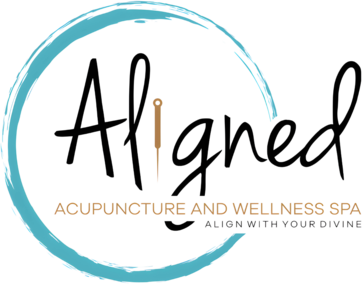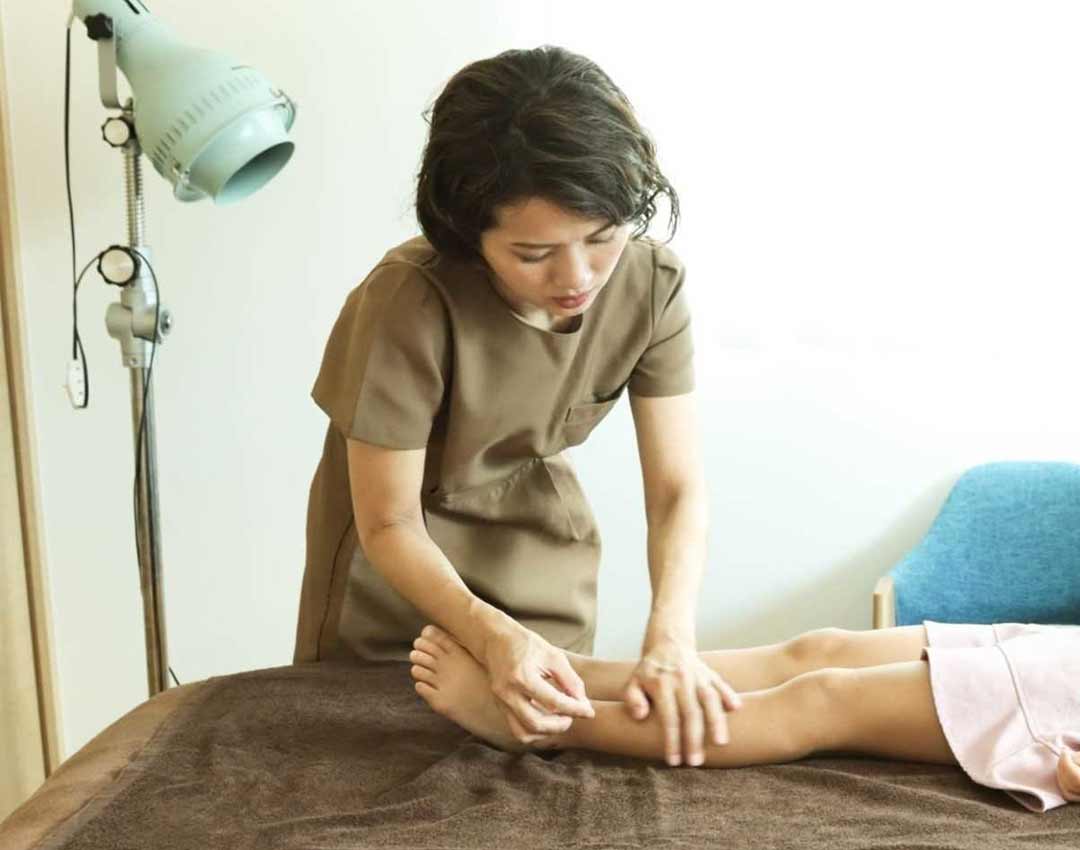Pediatric Acupuncture
Pediatric acupuncture offers a safe, natural approach to supporting your child’s health and well-being. Using gentle techniques tailored to their age and constitution, we help treat common childhood conditions while nurturing their body’s natural ability to heal.Gentle & Effective Healing for Your Little One
Traditional Chinese Medicine employs the same methods to treat children and infants as adults including acupuncture, massage, herbs, dietary and lifestyle advice. The treatment is catered to each child’s age, weight, constitution and diagnosis.Gentle & Effective Healing for Kids
Acupuncture in Pediatrics
Traditional Chinese Medicine employs the same methods to treat children and infants as adults including acupuncture, massage, herbs, dietary and lifestyle advice. The treatment is catered to each child’s age, weight, constitution and diagnosis. Some children do well with acupuncture, while others who are young or have a delicate constitution respond best to needle-less point stimulation in the form of shonishin (japanese technique or tuina (acupressure or massage). Dietary advice is given when appropriate. Personally I use needle-less treatments unless not responding or severe cases. Children respond very quickly.What to Expect
Initially you will relax in a chair holding your child on your lap and discuss your child’s symptoms. The practitioner will make a TCM diagnosis and then perform acupuncture, tuina or shonishin. Usually between four to six acupuncture points are chosen for a child: a very fine, sterile stainless steel needle is inserted from 1 to 2mm deep at each selected point with a gentle tap. This may cause a slight pricking sensation, but because acupuncture needles are so thin the child will barely notice the insertion.
It is an in and out technique not retaining the needles up until the age of 7 or so. The older child gets the procedure may change, the parent may read a story to them. Eventually the child may retain needles for up to 15 minutes. Children have no negative preconceptions about needles like adults and usually sit calmly during their acupuncture treatments. An adolescent may relax on the treatment table for 20 or 25 minutes.
Common Children’s Conditions Treated with Acupuncture
- Allergies
- Asthma
- Digestive problems
- Bed wetting
- Anxiety
- Depression
- Fussiness & Irritability
- Injury Rehabilitation
- ADHD
- Sleep problems
- Ear infections
- Exema
- Colic
Natural Care for Growing Bodies
Pediatric Acupuncture
Traditional Chinese Medicine uses the same fundamental methods to treat children and infants as adults, including acupuncture, massage, herbs, dietary guidance, and lifestyle advice. However, children are physically and functionally immature compared to adults, requiring special care. Traditional texts emphasize that children are fragile and their qi is weak. They are highly susceptible to illness and change rapidly, getting worse or better quickly. Many childhood ailments are linked to three main organs: the lungs, spleen, and liver, explaining the prevalence of respiratory and digestive issues. Children may also experience heightened emotions, spasms, or convulsions. Fortunately, their qi is pure and resilient, allowing them to recover quickly since they haven’t accumulated years of metabolic waste, emotional trauma, or injury. Some schools of thought suggest that digestion and spleen function are the root of all childhood diseases, particularly under age seven. Digestion fuels qi and blood production, essential for overall health. When the spleen and stomach function properly, they generate strong qi and blood, supporting a child’s vitality and well-being.


